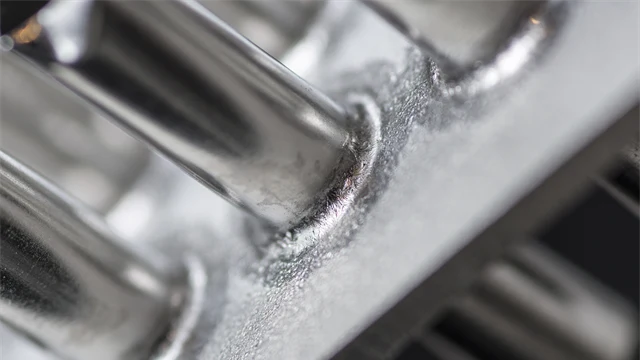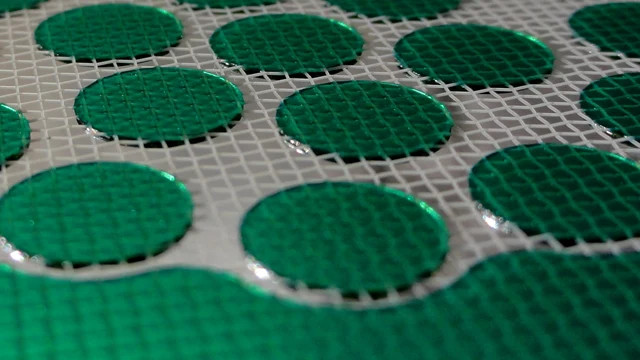
Products
Höganäs BrazeLet® brazing pastes
Our brazing pastes consist of a homogenous mixture of the brazing filler metal powder (normally 85–93 wt%) and a water or oil-based flux-free binder which is removed during brazing. Here at Höganäs, we adapt the paste formula to factors such as the paste application method and furnace conditions. This ensures that you can achieve the best possible brazing results for your application. Our binders have been developed in a way that minimizes their polymer content.
The rheological behaviour of our brazing pastes has been designed to suit the different application methods used. In general, thin layer application methods like roller coating, thin printing or spraying require more liquid formulations, whereas dispensing or thick layer printing require a higher viscosity.
Höganäs' high-quality brazing pastes are based on our broad filler metal selection. Moreover, we offer customized brazing pastes as well as several types of paste packaging to fulfil your exact requirements.
BrazeLet® iron-based stainless brazing pastes
BrazeLet F300P-9012
BrazeLet F300DW-9007
BrazeLet F300DW-9201
BrazeLet F300R-8501
BrazeLet F300R-9003
BrazeLet F86DW-9013
BrazeLet® nickel-based brazing pastes
BrazeLet Ni2DW-9201
BrazeLet Ni2P-9012
BrazeLet Ni2R-8501
BrazeLet Ni5DW-9201
BrazeLet Ni5P-9012
BrazeLet Ni5R-8501
BrazeLet Ni7DW-9201
BrazeLet Ni7R-8501
BrazeLet Ni613D-9004
BrazeLet Ni613D-9302
BrazeLet Ni613DW-9003
BrazeLet Ni613DW-9201
BrazeLet Ni613DW-9205
BrazeLet Ni613P-9011
BrazeLet Ni613P-9012
BrazeLet Ni613R-8501
BrazeLet Ni613R-9003
Contact us

Sales & Technical support
Privacy policy
I agree that Höganäs can handle my personal data in order to contact me. My contact information may also be used in marketing purpose, such as newsletters and other relevant information. The data will not be shared with a third party. With my consent, I also confirm that I am over 16 year old.
More information about how we handle personal data can be found in our privacy policy.


